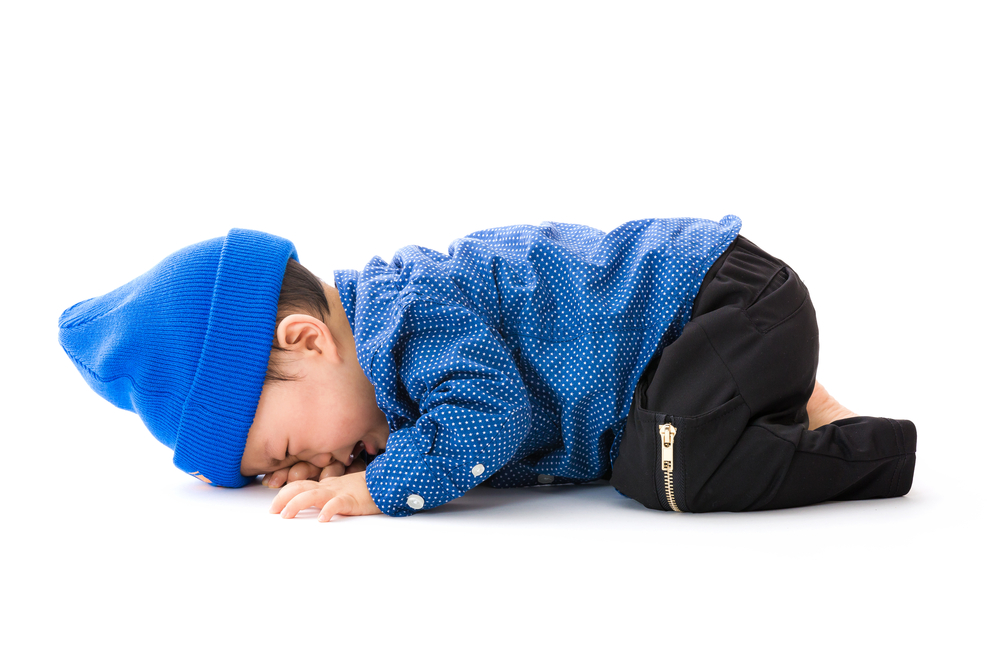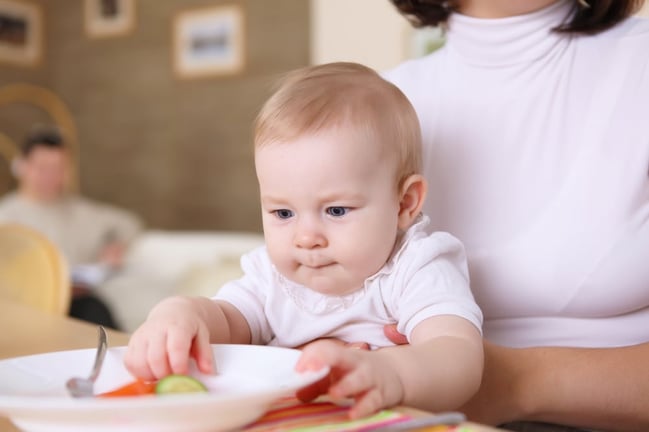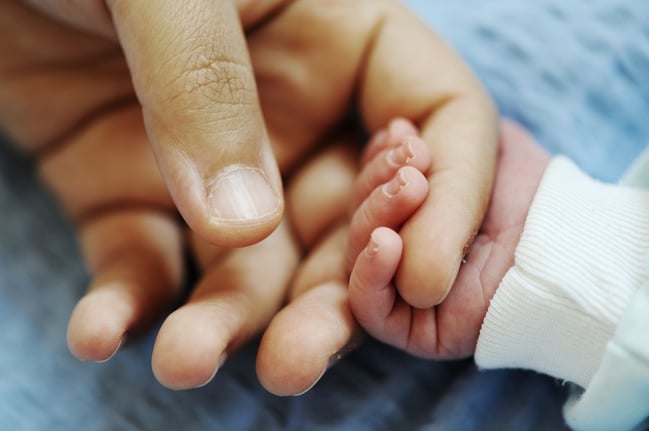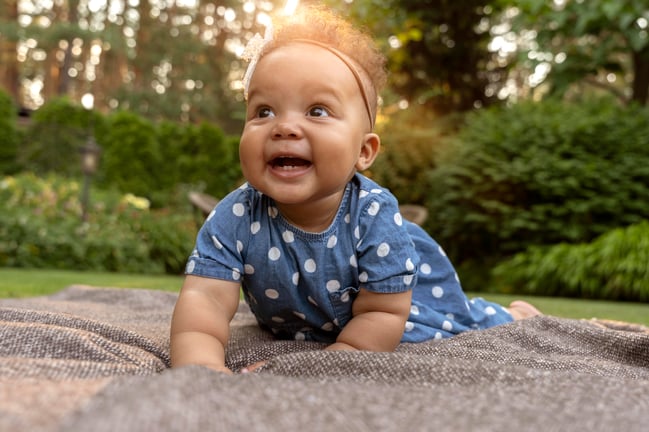
Social Development & Emotional Development
Infants (Birth to 12 months)
Components and Developmental Indicators
Infants (Birth to 12 months)
Components and Developmental Indicators
Developmental Indicators
SDED Goal-1: Children demonstrate a positive sense of themselves as unique and capable individuals in play and everyday tasks.
![]()
Show awareness of their bodies (reach for toes on purpose).
![]()
Show interest in their image in a mirror (smile, gaze, reach out to touch).
![]()
Respond to their name (smile, kick feet, turn head).
![]()
Express likes and dislikes (smile, cry, turn away, protest, wave hands, kick legs).
![]()
Show they expect results from their actions (hit toy over and over to produce sound).
![]()
Show pleasure at things they have done (wiggle, coo, laugh).
![]()
Explore the environment with support from a familiar, trusted adult.
Developmental Indicators
SDED Goal-2: Children form relationships and interact positively with familiar adults in play and everyday tasks.
![]()
Enjoy being held, cuddled, and talked to by familiar adults.
![]()
Recognize and reach out to familiar people.
![]()
Seek to be near trusted adults, stop crying when they come near.
![]()
Show signs of separation anxiety when a familiar person leaves.
![]()
Make eye contact with others if culturally appropriate.
![]()
Imitate sounds, facial expressions, or gestures they see other people do and wait for a response (peek-a-boo, hands up for "so big").
SDED Goal-3: Children form relationships and interact positively with other children in play and everyday tasks.
![]()
Notice other infants and children (turning and looking in their direction, reaching out for them).
![]()
Interact and move toward other familiar children when mobile.
![]()
Imitate sounds, expressions, or gestures when interacting with other children (shared smiling, squealing, clapping).
Developmental Indicators
SDED Goal-4: Children demonstrate self-regulation, prosocial behaviors, and participate cooperatively as members of a group in play and everyday tasks.
![]()
Use gestures and sounds to get another person to do something (cries, points to cup they want).
SDED Goal-5: Children demonstrate an ability to identify and regulate their emotions in play and everyday tasks.
![]()
Express a range of emotions (happiness, sadness, fear, and anger) with their face, body, and voice.
![]()
Show when they feel overwhelmed or are in distress or pain (cry, yawn, look away, extend arms or legs, arch their body, fuss).
![]()
Soothe themselves (suck thumb or pacifier, shift attention, rock back and forth, rub hands together, snuggle with soft toy).
SDED Goal-6: Children recognize and respond to the needs and feelings of others in play and everyday tasks.
![]()
Become upset when another infant is crying.
![]()
Respond differently to positive vs. negative emotional expressions of others.



